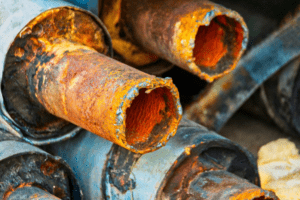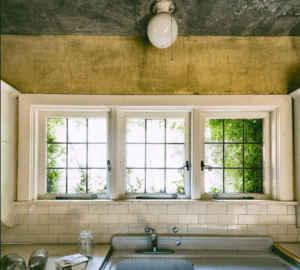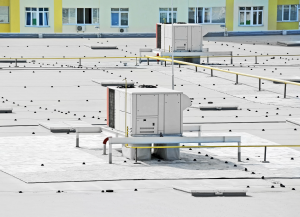How does ThermaCote® protect and insulate silos?
Damage is produced by condensation.
Condensation occurs when the amount of moisture in the air is higher than this volume of air can absorb. This is usually caused by the cooling of warm, humid air, so excess moisture condenses on the wall and on the stored material. This has mainly to do with the temperature and humidity when storing the substance. Warm materials often contain water that ‘steams’, so evaporates into the air inside the silo. After cooling, this excess moisture condenses.
Furthermore, the temperature difference between day and night, or in this case the difference between inside and outside, is a major influence. The greater the temperature difference, the higher the risk of condensation in the wall. Risk of condensation starts when you have more than 10°C different between inside and outside.
Condensation can be a major problem when storing several kinds of dry solids: moisture damages the material, causes clot formation, and facilitates fungal and bacterial growth. Particularly when storing food and animal feed, such conditions are totally unacceptable. Moreover, in case of concrete silos, condensation can affect the silo itself: cracks can appear, rust in reinforced structure, which not only reduces their life span, but can also cause contamination of the (corroded) steel and the stored substance.
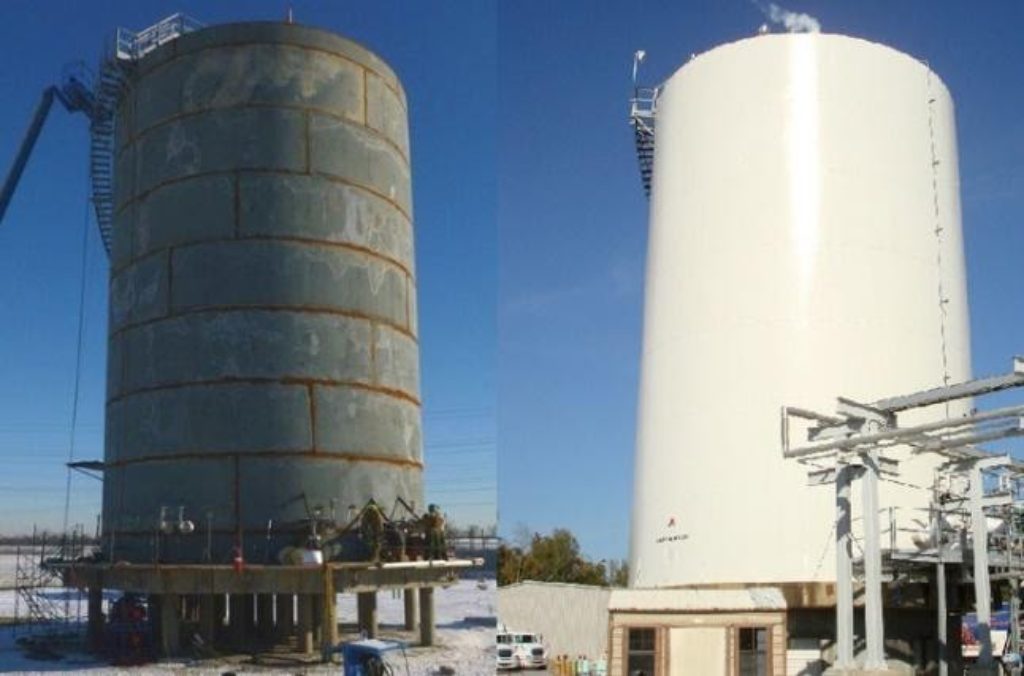
If you want to protect your existing or new silo, you should seriously consider applying ThermaCote® on it.
With ThermaCote, no risk of condensation inside the silo.
ThermaCote® protects from condensation the stored material due to its thermal insulation performance, reflectivity, airtightness and high vapour permeable which can extract two times more moisture than it can enter. Too Thermacote allows concrete structures to remain drier and healthier, protecting them to any expansion and cracks and increasing their sustainability for longer periods.
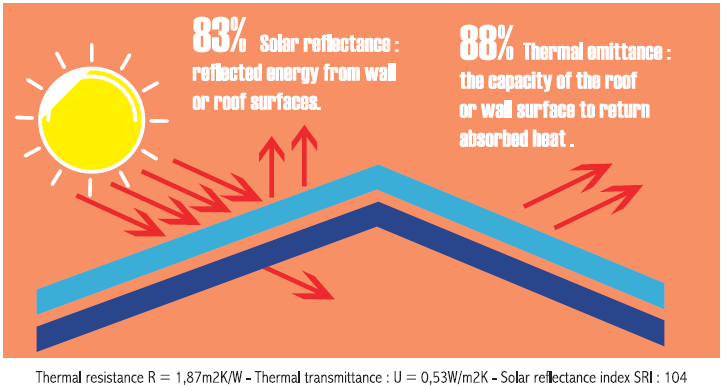
More advantages of ThermaCote :
- Thermal insulation
- Saving up to 40% energy
- Reducing maintenance costs
- Anti-corrosion
- Anti-condensation
- Quick application
- Durable and Quality
- All types of roofs
- Increases efficiency of PV solar


